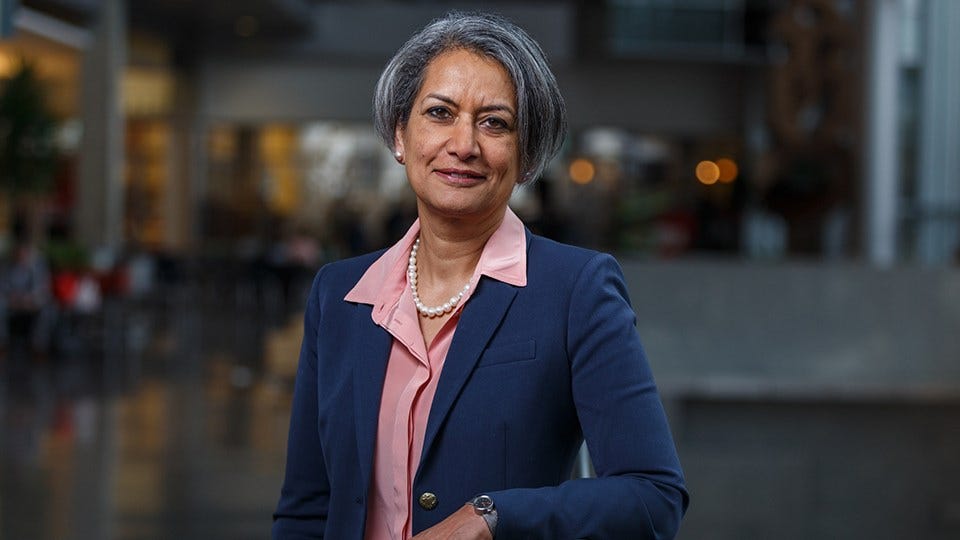Challenges to the Commercialization of University Innovation and Technology Transfer

Subscriber Benefit
As a subscriber you can listen to articles at work, in the car, or while you work out. Subscribe NowThe coronavirus pandemic has shown all of us how major clinical issues can focus efforts across both business and academia, and how quickly researchers and companies can pivot to find solutions for critical and high value opportunities. While the COVID-19 pandemic is clearly an outlier in this regard, and it is clear that only a small percentage of all the technologies being developed will be successful, the technologies that can make it to market quickly and that are able to meet customer needs in the most efficient and economic manner will likely move forward.
A lot has been said elsewhere about the difficulty in commercializing intellectual property (IP) and “the valley of death” between research and innovation in the Midwest, particularly in the case of new technologies developed at universities. One of the realities of life is that you cannot force things. Robert Gross, Director of the Centre for Energy Policy and Technology at Imperial College, highlights how “invention of new technology to widespread commercialization is a multi-decadal process.” The chart below describes this process of commercialization: The shortest time to commercialization was 20 years (for the LCD TV), while the longest was 69 years (the car). When it comes to Indiana University, out of all the technologies that are disclosed to the IU Innovation and Commercialization office, less than 5% make it to an actual commercial product that generates revenue for both the inventors and the University.
There are pivotal moments in technology development. Understanding current needs and trends, and capitalizing on market opportunities quickly and seamlessly, is the basic recipe for success. While the challenges associated with technology commercialization are well known, the solutions are difficult to achieve. However, there is a bright side: Understanding the importance of agility, diversity and the power of community can help us bridge the otherwise impassable valley of death.
Another important issue has come to the forefront in recent weeks: Racial injustice and the unequal opportunities available to communities of color continues to be an ongoing problem in the United States. Structural inequities prevent technology transfer and commercialization opportunities by closing the doors to new and innovative ideas and inventions. Research done by Dr. Lisa Cook, Professor of Economics at Michigan State University, has shown a marked decline in patent filings and commercial activity by African Americans since 1921. Recognizing the need to support and advance these communities is a clear imperative for the advancement of a stable and inclusive economy.
Long-term university investment in faculty, a focus on relevant technologies, and leveraging the entrepreneurial and financial ecosystem around IU are a key to successful commercialization. IU’s Innovation and Commercialization Office (IU ICO), under the umbrella of IU’s Office of the Vice President for Research, led by Fred Cate, is focused on this mission. The IU Quarry program provides IU faculty and staff entrepreneurs opportunities and resources to explore early stage research funding, SBIR/STTR grants and other commercialization opportunities. Currently managed by the ICO office, IU Quarry is focused on developing new programs and leveraging the existing infrastructure in Indiana and the global IU network.
The challenge facing IU and other institutions of higher education is to support researchers, particularly those from underserved communities, and identify innovative technologies that can move forward. We need to keep investing and nurturing the entrepreneurial ecosystem in Indiana. Doing so will benefit not only our local communities, but also elevate workforce development and boost the economy for everyone in Indiana and beyond. By developing solutions that help meet the needs of racially diverse communities and improve their chances of success, we can help all businesses and entrepreneurs grow and prosper.
Simran Trana is the associate vice president of Innovation and Commercialization Office (ICO).

